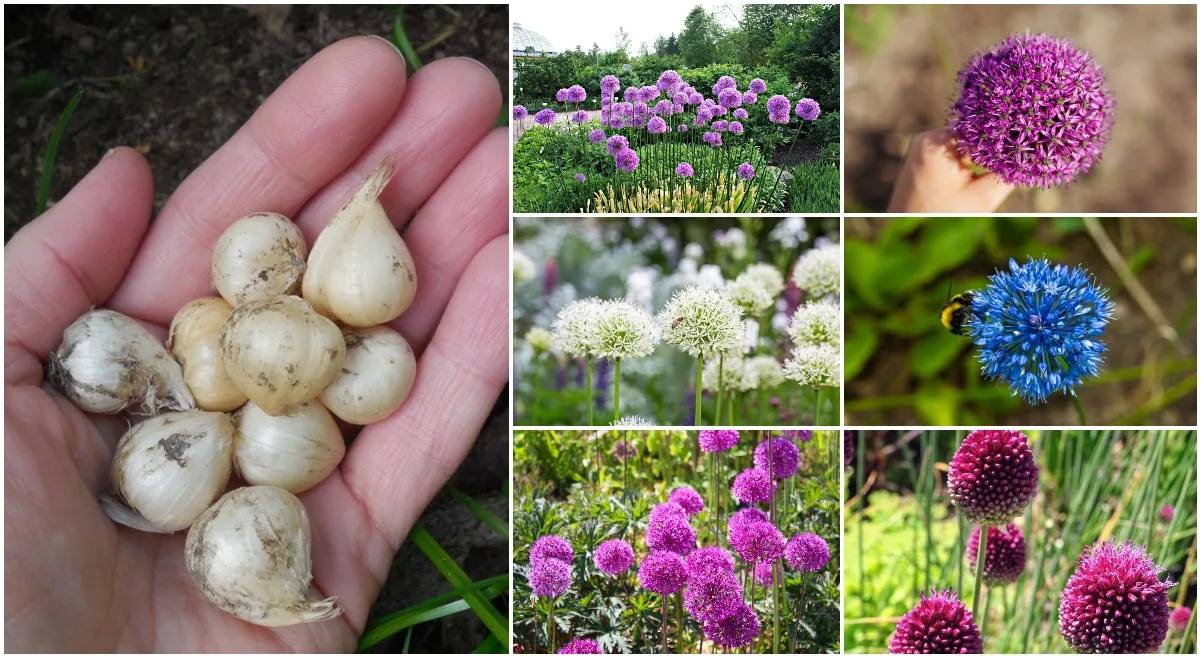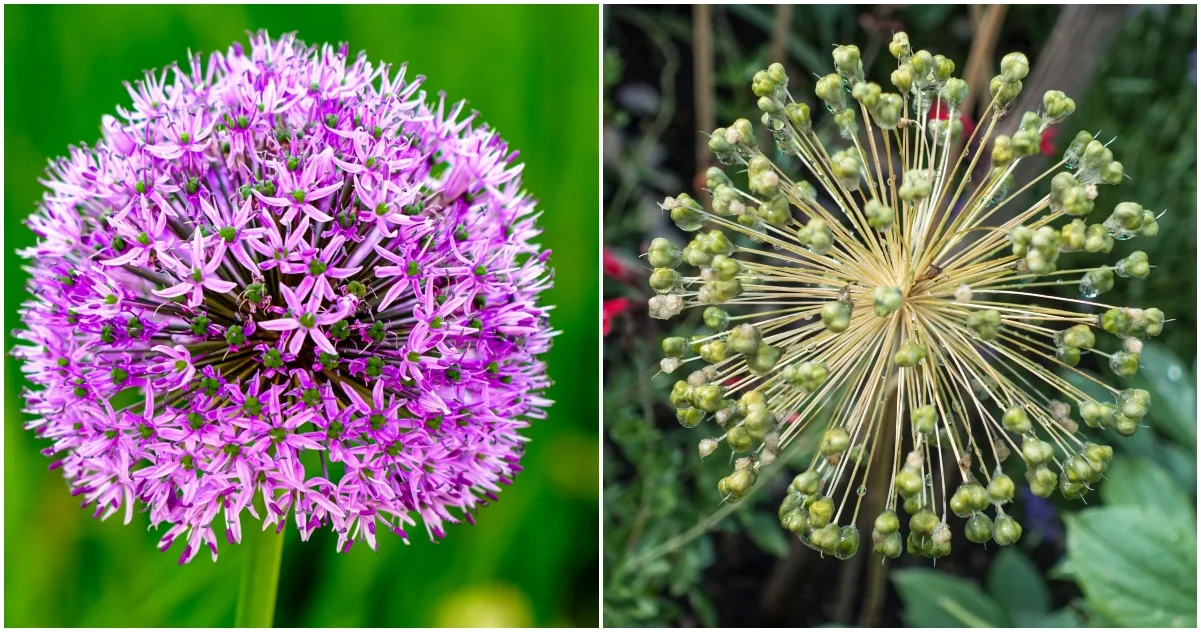
Alliums are fantastic additions to any ornamental garden. Not only are these bulbs some of the easiest to care for, but their fascinating flowers look good anywhere they are planted. Plus, you can enjoy a faint scent of onions in the garden in summer (if that is your thing).
While some bulbs are better lifted and stored at the end of the season, Alliums require very little maintenance. You have a few options based on the age of the plant and the overall look of your garden, but no matter what, the process is super simple.
Related Reading:
About Alliums
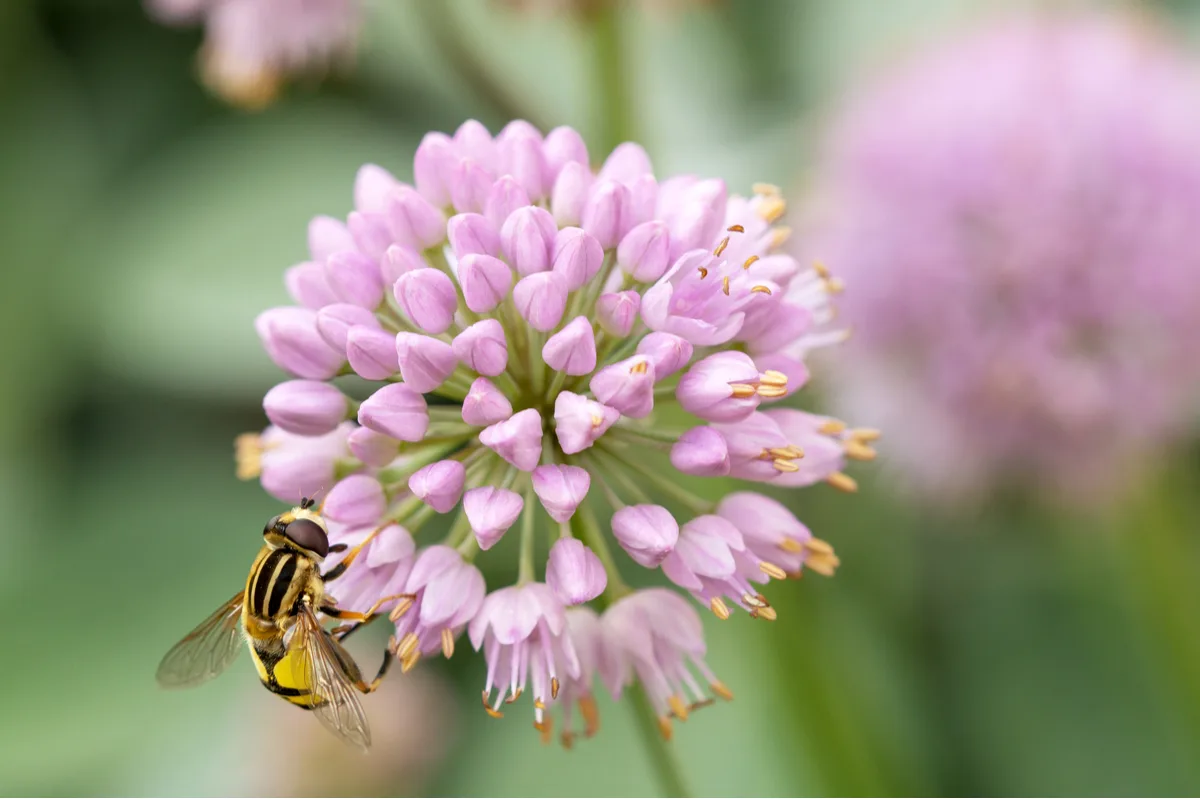
Alliums are a group of flowering plants in the Amaryllidaceae family, related to other popular bulbs like daffodils. You may better know this genus by the many edible plants they contain, including onions, garlic, and chives.
However, plants in this versatile genus are also often grown as ornamental plants for their stunning rounded blooms. In these cases, they are commonly referred to as ornamental onions.
The flowers of Allium bulbs are spherical, with size dependent on species and cultivar. Although there are a few colors available, most Allium blooms are a stunning pastel purple, complementing other purple flowers like lavender well in a landscape.
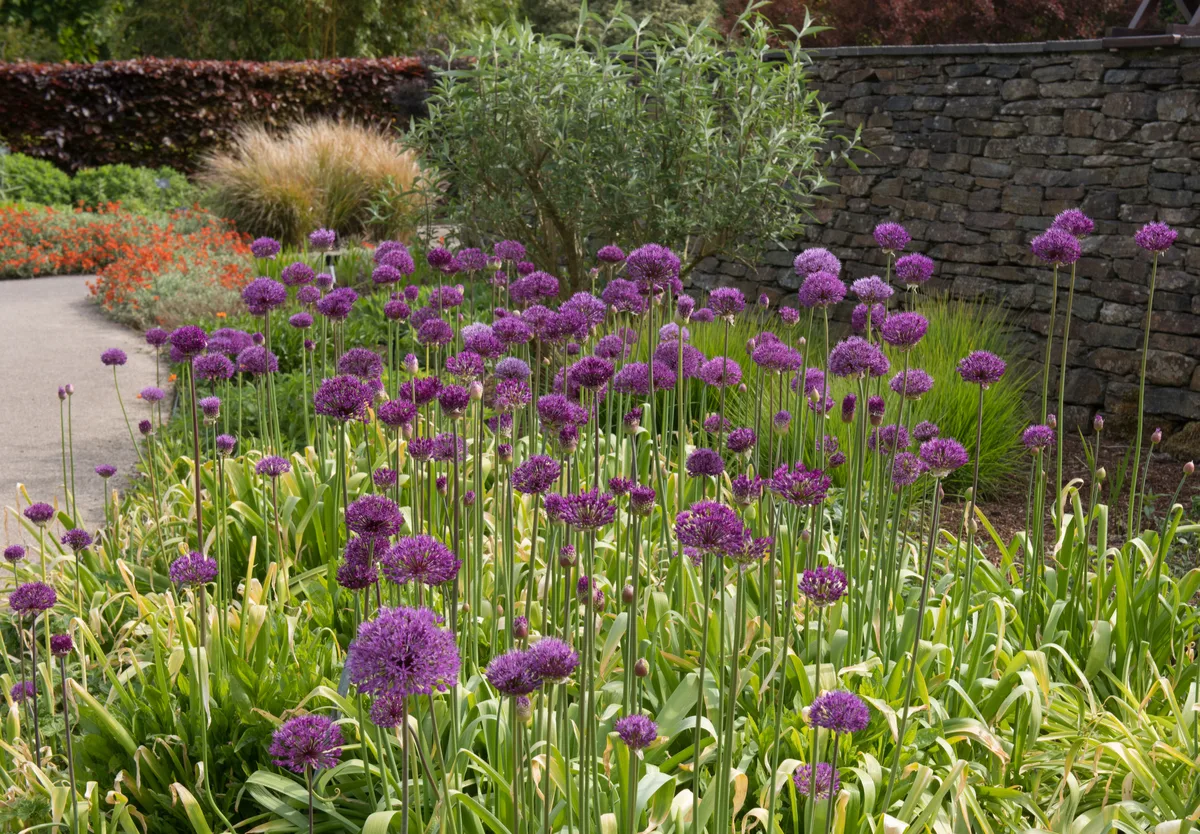
These plants flower prolifically, covering gardens in their lollipop blooms. They look great as individual plants, either in containers or straight in beds, but look most magnificent when planted en masse.
Allium Flowering Season
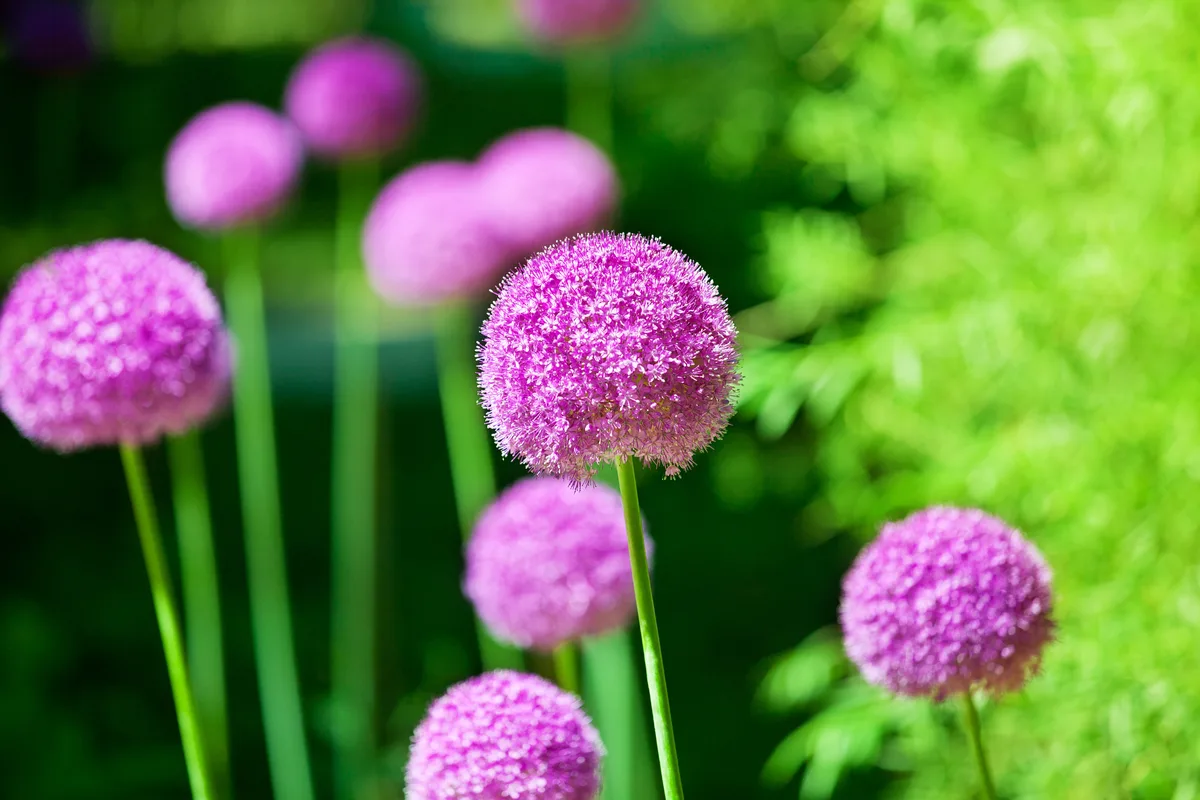
Alliums are generally planted along with other bulbs in mid to late autumn before the ground hardens. This gives them time to establish so they are ready to pop up again when the weather warms.
Flowering time depends on the species but usually occurs around late spring or early summer. This makes for an interesting display while early spring bulbs die back and mid-summer bulbs are yet to flower. They bloom for several weeks, covering your garden in color during that time.
Planting different species and cultivars will also extend the season. Plant mid-spring blooming types among mid-summer blooming types so the flowers fade into one another for a continuous display.
What To Do With Allium Bulbs After Flowering
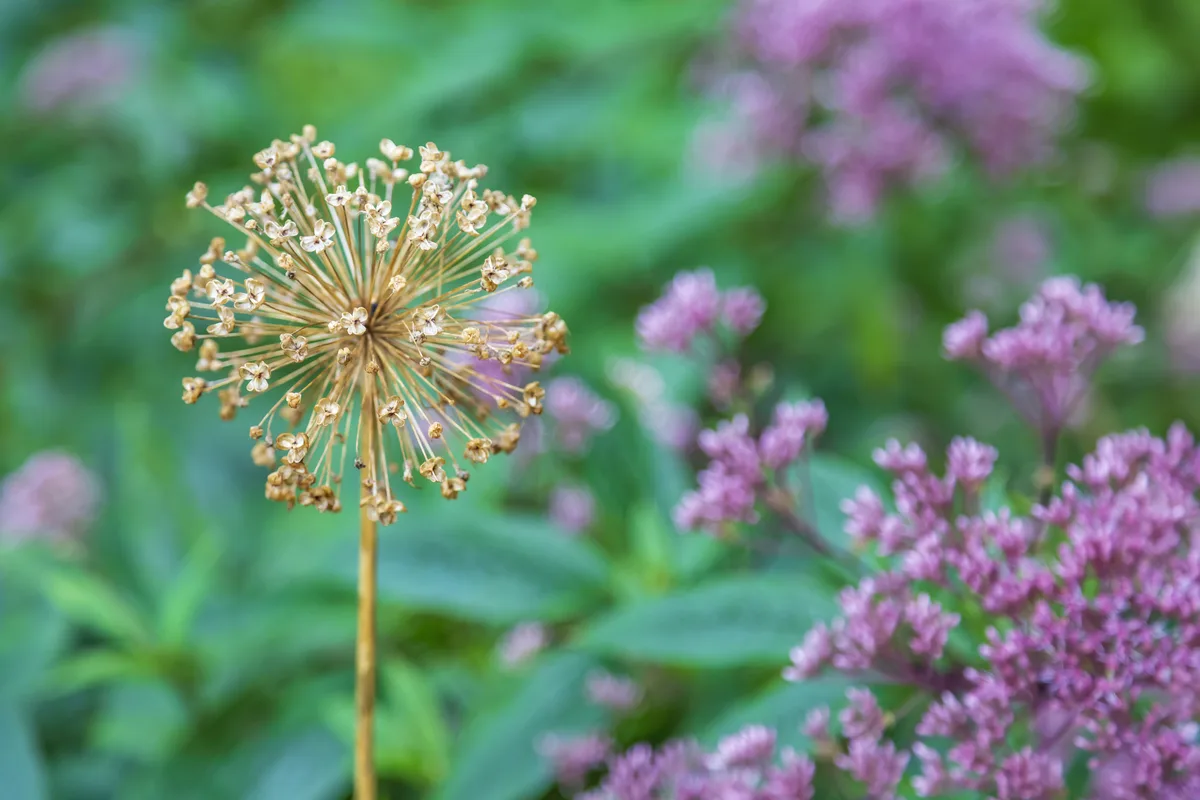
Alliums are not difficult bulbs to care for, and this nature extends to their end-of-season maintenance. You have a few options for post-flowering care, depending on what you want from the bulbs, their age, and the level of effort you’re willing to commit to.
You can also leave them to die back naturally as is, replicating their cycle in their native habitats. But, if you want to keep your garden neat and tidy, follow these easy steps at the end of the season.
Deadhead The Flowers (Or Leave Them)
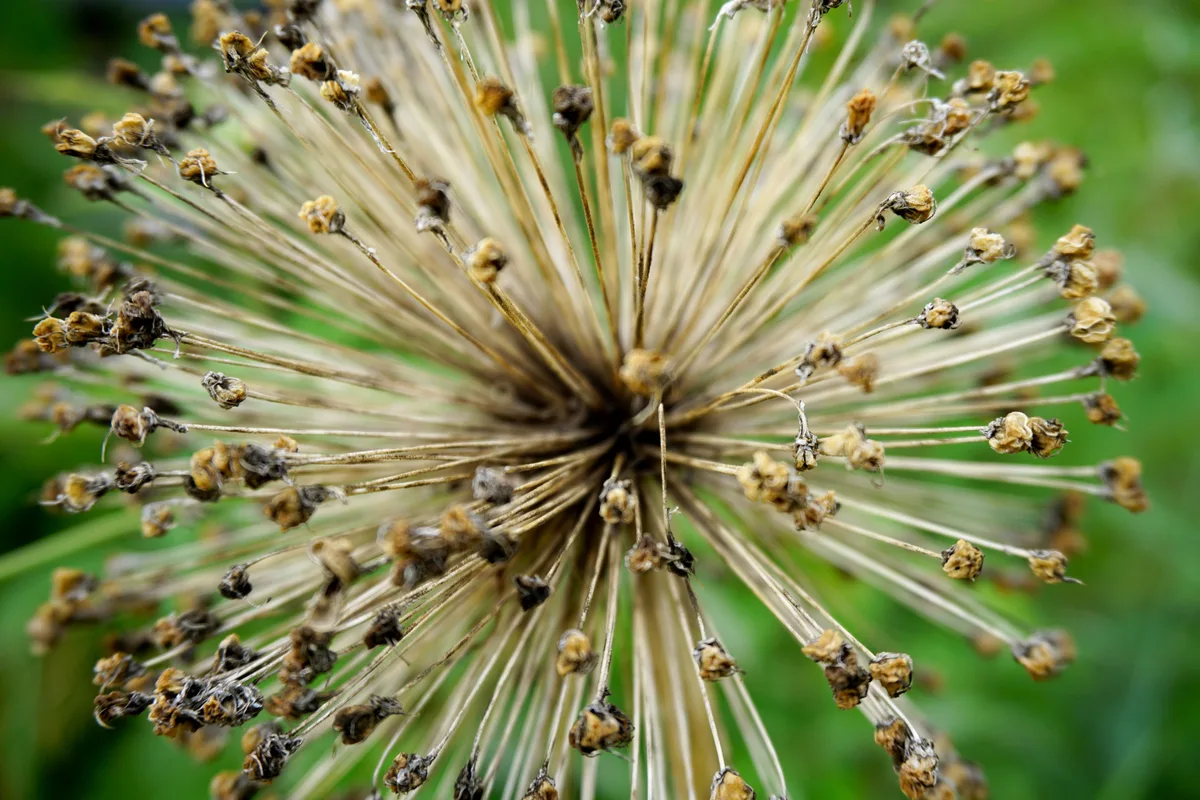
Once your plant has finished blooming, the first step is to trim those dying blooms back. You can simply snip the stems off once the flower heads begin to lose their color, cutting back to the base of the stalk. This is ideal for formal gardens that want to maintain uniform color and a tidy look.
However, deadheading at the end of the season is not an essential task. Allium flower heads still look stunning when dried – one of the reasons why they are brought indoors and dried to use as cut flowers. If you like the more rustic wintery look, simply leave the flowers on the plant to dry naturally. Their color will change with the seasons and make an interesting addition to fall and winter gardens.
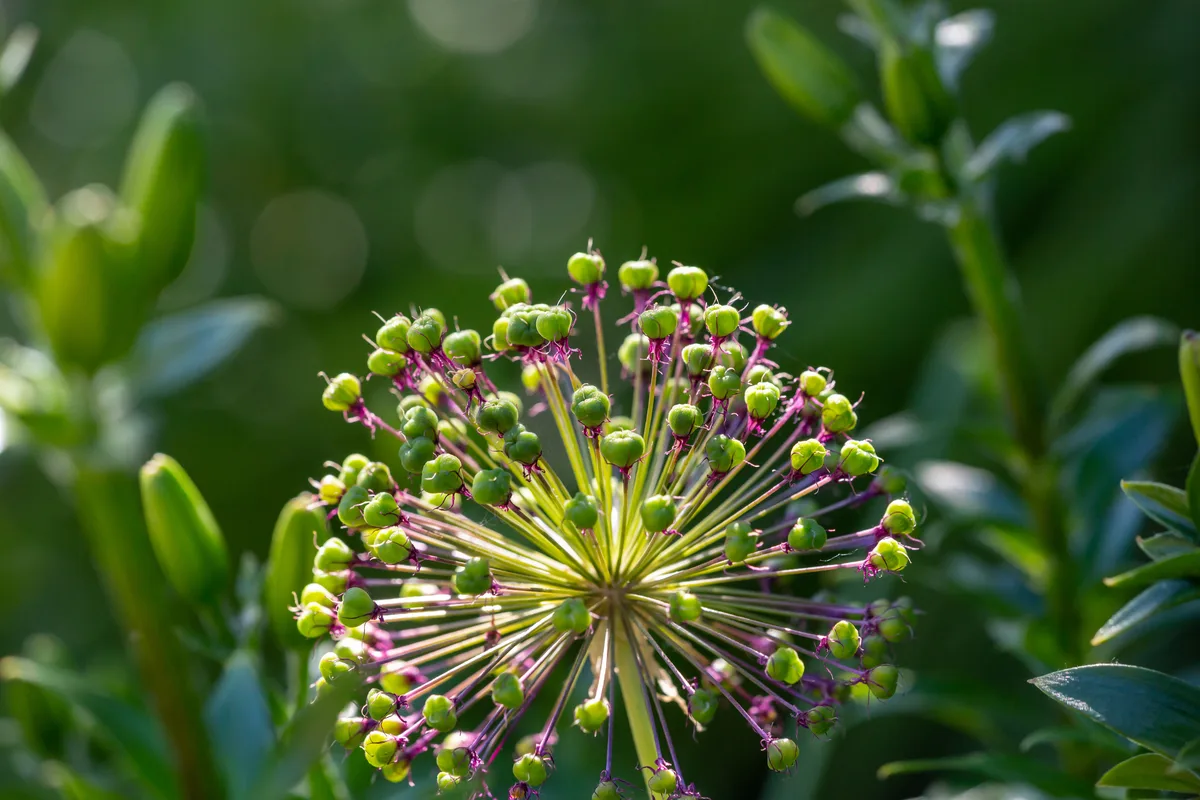
Leaving the blooms also allows you to collect seeds from your plant if you want to grow more of them. Keep in mind that hybrids won’t produce the same blooms as the original, but the process still makes for a fun and interesting garden experiment.
Wait For The Leaves To Die Back
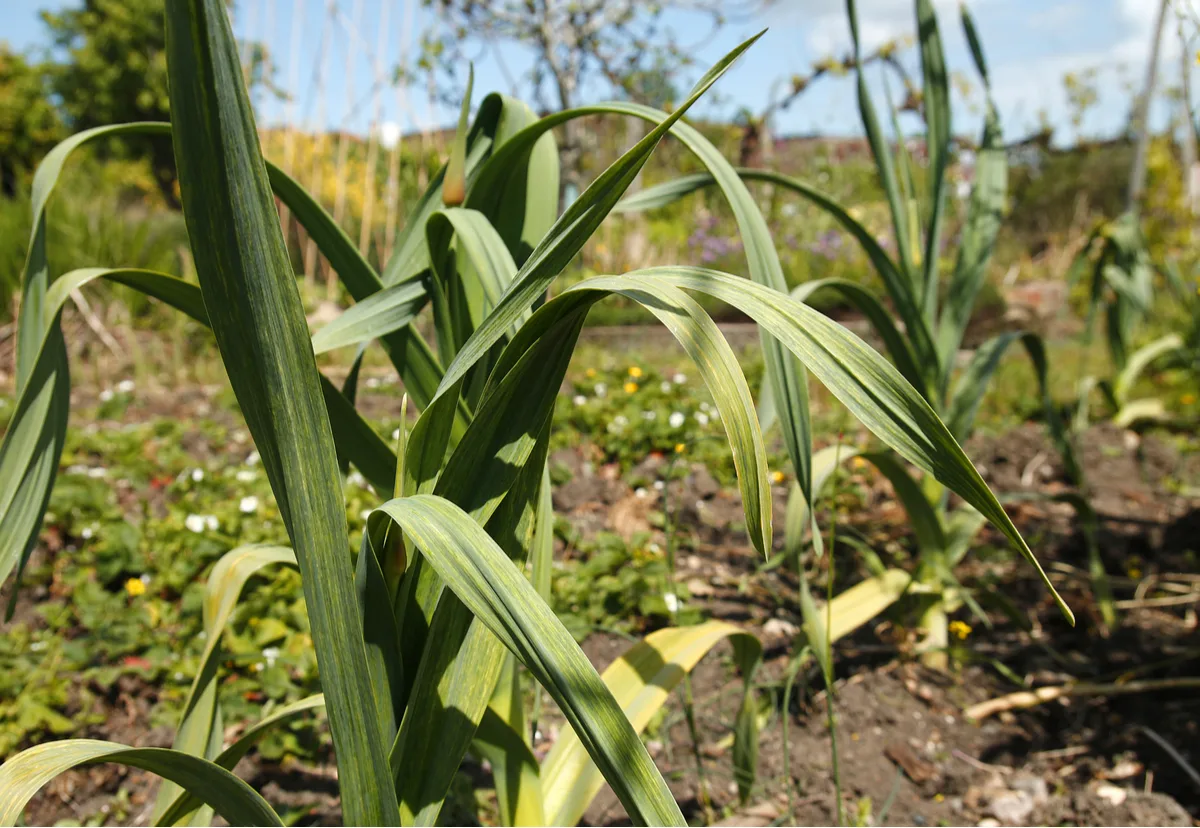
The next step is the most essential, but luckily, also the easiest – waiting. At the end of the season, you may be tempted to cut back the foliage while pruning other plants to get the task out of the way. However, this will negatively impact your plants the following season.
Bulbs are storage mechanisms that use stored nutrients and energy to pop up in spring year after year. Once the plant has finished flowering, the bulbs begin to draw nutrients back from the dying foliage in preparation for winter. If you cut the green leaves off your Allium, there will be nothing left for the bulb to draw from, making it unlikely to sprout again the following spring.
Even when the leaves turn yellow, keeping them on the plant as long as possible is important. Only once they have died back completely and turned brown should you consider any trimming. Keep the plants well-watered until this time to prevent the bulbs from drying out.
Trim To The Ground
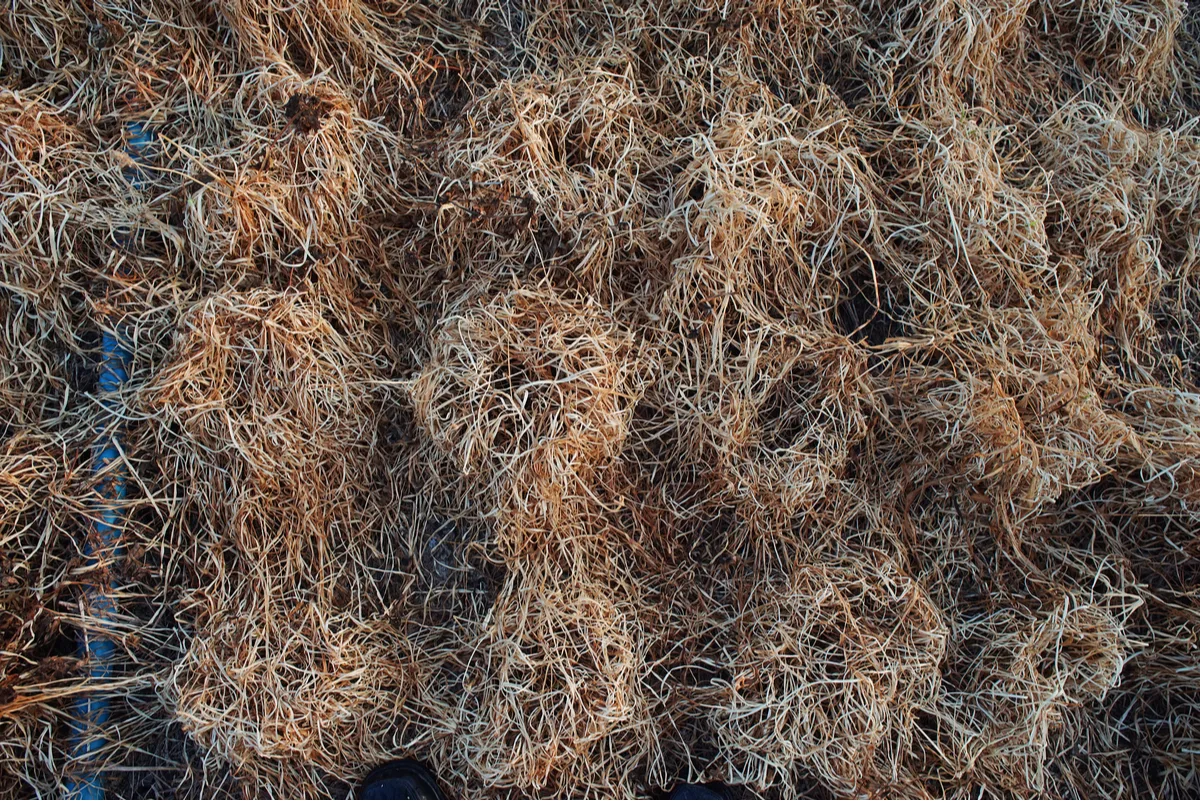
For those who want to keep their garden tidy and don’t want brown and wilted leaves over fall and winter, now is the time to cut back the foliage.
Before you start, ensure your shears are clean and sharp to avoid damaging the bulbs or spreading any potential disease around the garden. Trim the leaves back to ground level, making sure you don’t damage any parts of the bulb in the process.
You can also choose to leave the foliage as is – ensuring every last nutrient is absorbed – likely leading to better flowering the following season. However, this dying foliage does make problems with pests and diseases more likely, so you’ll need to keep a closer eye out in case of spread to your other plants.
When trimming back completely, don’t forget to mark where each of the bulbs is in the ground. This provides a good reminder of what’s below the soil over winter, stopping you from accidentally pulling the bulbs up during early spring planting.
Lift And Divide
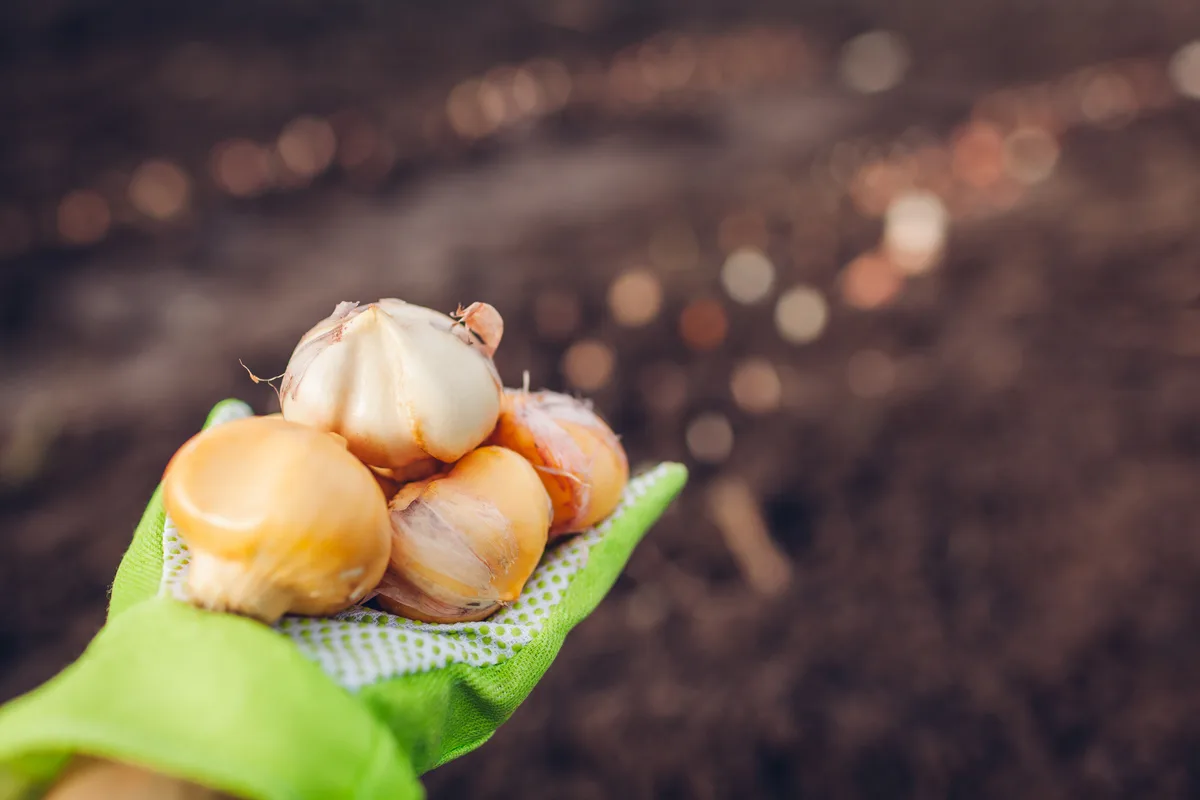
When bulbs have been in the same spot for three or four years, they tend to become overcrowded, impacting growth and flowering. If this is the case for your Alliums, now is the perfect time to lift and divide them.
Once you’ve cut the leaves back, gently lift the bulbs out with a garden fork, taking care not to damage any of the bulbs. It may help to leave some foliage behind as an indicator of where the bulbs lie. Pull all the bulbs out of the ground and trim off any remaining foliage to clean them.
Next, all you need to do is separate the bulbs with your hands, gently pulling them apart to be ready for individual planting. Replant each one with slight spacing, giving them further room to expand later on. You can also keep some bulbs to plant in containers or to move to a different part of your garden.
Cover With Mulch
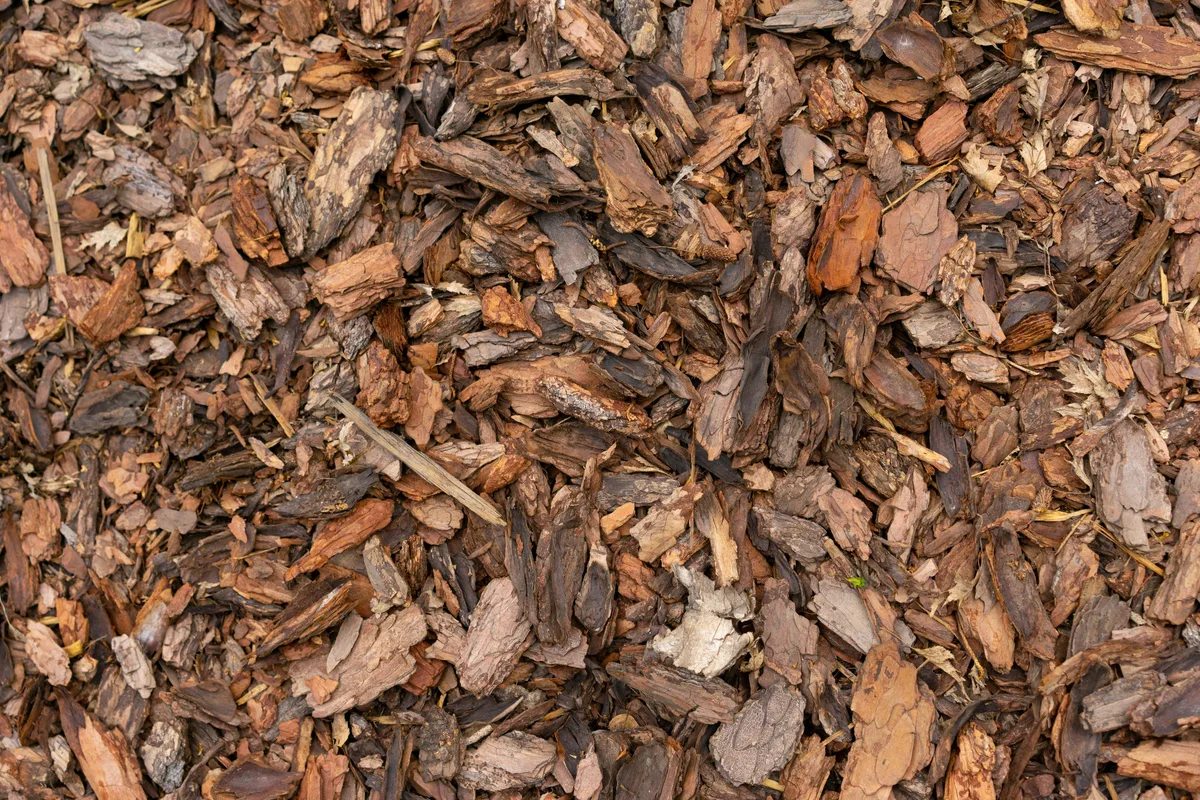
Whether you’ve divided or simply kept your bulbs in the same spot, it’s recommended to add a thick layer of mulch (2-3 inches )over the soil once all the foliage has died back. This protects the bulb during cold winters by insulating the soil.
Alliums in containers should be moved to a greenhouse or indoors as the cold reaches the bulbs much more quickly. Keep them protected and in the warmest area possible, especially in USDA Zones 5 and lower.
When spring arrives, remove part of the thick mulch layer to make way for the new growth to appear. Enjoy the blooms throughout the season and then follow the same steps all over again.

